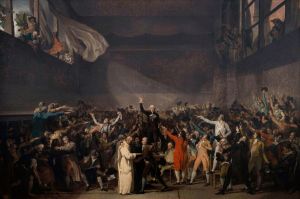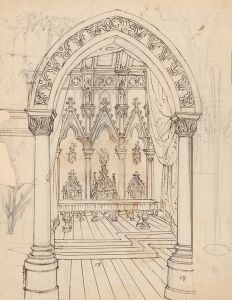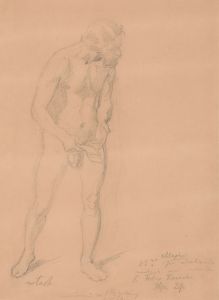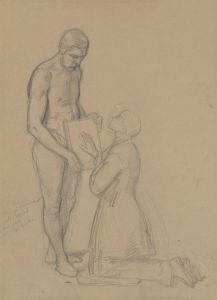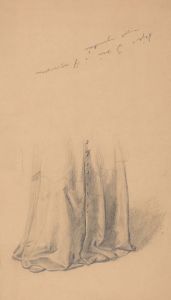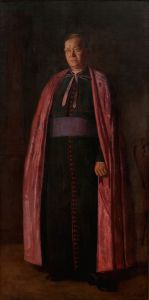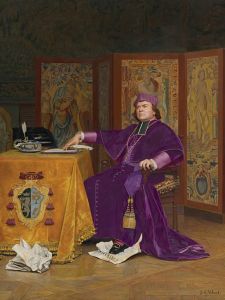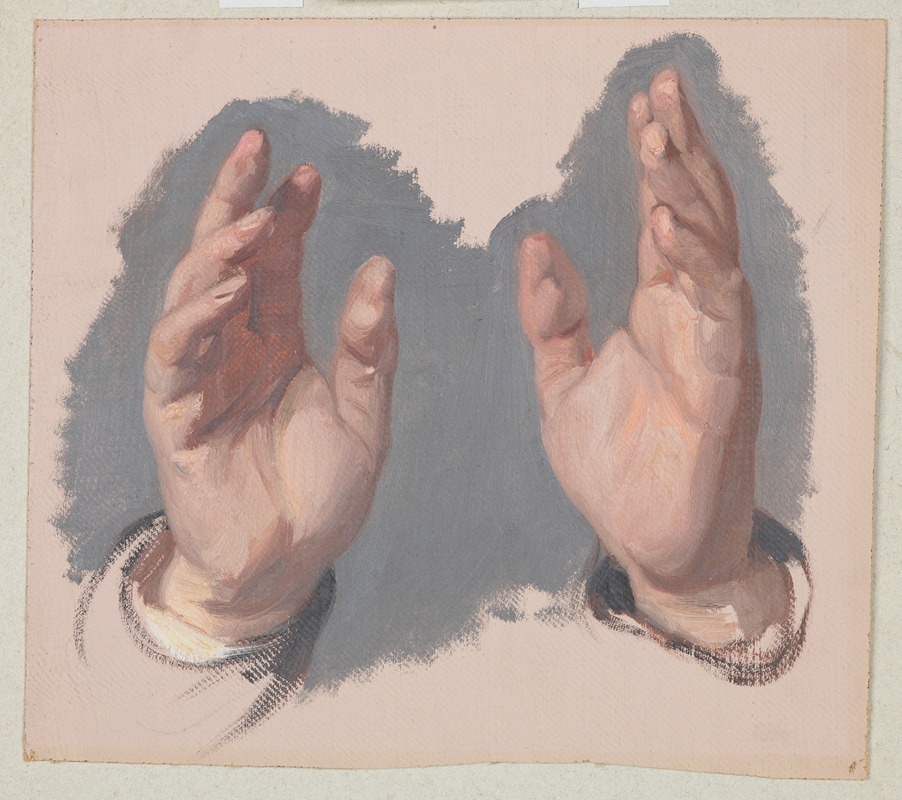
Study of Both Hands of the Bishop to the Painting ‘The Oath of Queen Jadwiga’
A hand-painted replica of Józef Simmler’s masterpiece Study of Both Hands of the Bishop to the Painting ‘The Oath of Queen Jadwiga’, meticulously crafted by professional artists to capture the true essence of the original. Each piece is created with museum-quality canvas and rare mineral pigments, carefully painted by experienced artists with delicate brushstrokes and rich, layered colors to perfectly recreate the texture of the original artwork. Unlike machine-printed reproductions, this hand-painted version brings the painting to life, infused with the artist’s emotions and skill in every stroke. Whether for personal collection or home decoration, it instantly elevates the artistic atmosphere of any space.
Józef Simmler was a notable Polish painter of the 19th century, recognized for his historical and genre paintings. One of his works, "Study of Both Hands of the Bishop to the Painting ‘The Oath of Queen Jadwiga’," serves as a preparatory study for his larger, more famous painting, "The Oath of Queen Jadwiga." This study focuses specifically on the detailed depiction of the bishop's hands, which play a significant role in the composition and narrative of the final painting.
Simmler was born in 1823 in Warsaw, Poland, and he studied art in various European cities, including Dresden, Munich, and Paris. His education and exposure to different artistic styles and techniques greatly influenced his work, allowing him to develop a distinctive style characterized by meticulous attention to detail and a strong sense of realism. Simmler was particularly interested in historical themes, often drawing inspiration from Polish history and literature.
"The Oath of Queen Jadwiga," completed in 1867, is one of Simmler's most celebrated works. It depicts a significant moment in Polish history: the oath taken by Queen Jadwiga, who reigned as the first female monarch of the Kingdom of Poland in the late 14th century. The painting captures the solemnity and gravity of the occasion, with Queen Jadwiga depicted as a central figure, surrounded by various historical figures, including bishops and nobility.
The study of the bishop's hands was an essential part of Simmler's preparatory process for the final painting. By focusing on the hands, Simmler was able to convey the emotional weight and spiritual significance of the scene. The hands are depicted with great precision, showcasing Simmler's skill in rendering anatomy and texture. This study not only highlights the artist's technical abilities but also his dedication to capturing the nuances of human expression and gesture.
Simmler's work is often associated with the Polish Romantic movement, which sought to evoke national pride and identity through art and literature. His paintings frequently reflect themes of patriotism, history, and religion, resonating with the cultural and political climate of Poland during his lifetime. "The Oath of Queen Jadwiga" and its preparatory studies, including the study of the bishop's hands, are exemplary of this approach, as they celebrate a pivotal moment in Polish history and emphasize the moral and spiritual values associated with it.
Józef Simmler's contributions to Polish art were significant, and his works continue to be appreciated for their historical and cultural relevance. His ability to combine technical skill with emotional depth has earned him a lasting place in the canon of Polish art history. The study of the bishop's hands, while a small part of his oeuvre, exemplifies his meticulous approach to painting and his commitment to portraying historical narratives with authenticity and reverence.





